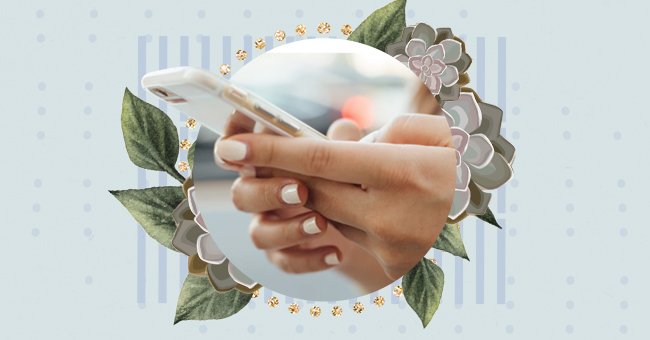
Unpacking Digital Blackface & Its Impact On Society
Many of us have become familiar with the concept of blackface over the past couple of years. People understand why physically performing blackface is problematic but continue to use digital blackface.
Blackface has a long history of spreading racial prejudices through its performance by white people. Although blackface is a clear way to enforce racial biases in the media, many continued to perform it until recently.
Digital blackface is another phenomenon that many don’t realize is harmful to the black community. If you are not yet familiar with digital blackface, read more to learn about the unfortunate online movement.
What Is Digital Blackface
Digital blackface is a term that we have seen pop up more often, but many don’t yet know about. Black mental health-focused counselor and educator Jardin Dogan explains what ‘digital blackface’ is in simple terms.
“digital blackface is when non-Black people use the images and voices of Black individuals to explain emotions or phenomena,”
Says Jardin Dogan
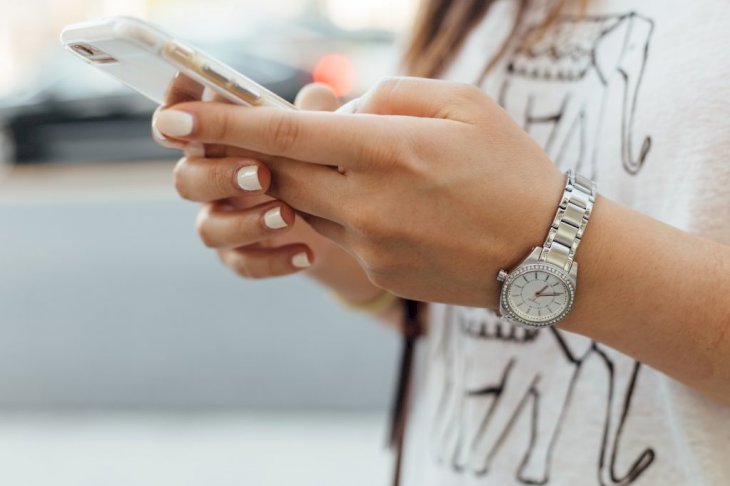
Paul Hanaoka on Unsplash
Digital blackface includes using images media of black people to claim black identity despite being non-black. For example, if a white woman reacts to a tweet with a GIF of Nene Leaks, that is digital blackface.
Many see sharing these media items as innocent, but they perpetuate stereotypes about black people. Sharing this media upholds ideas that black people are overly animated, aggressive, hypersexual, or loud.
Tracing Back The Problematic Nature Of Digital Blackface

Guilherme Stecanella on Unsplash
Blackface was a popular form of entertainment for white people in the 19th century, especially in minstrel shows. White performers would wear black face paint to mimic the likeness of black people for white audiences.
Many stereotypes such as black men being aggressive and black women being sassy came from minstrel shows. As a result, digital blackface becomes a modern form of these racist displays by enforcing the same ‘entertainment.’
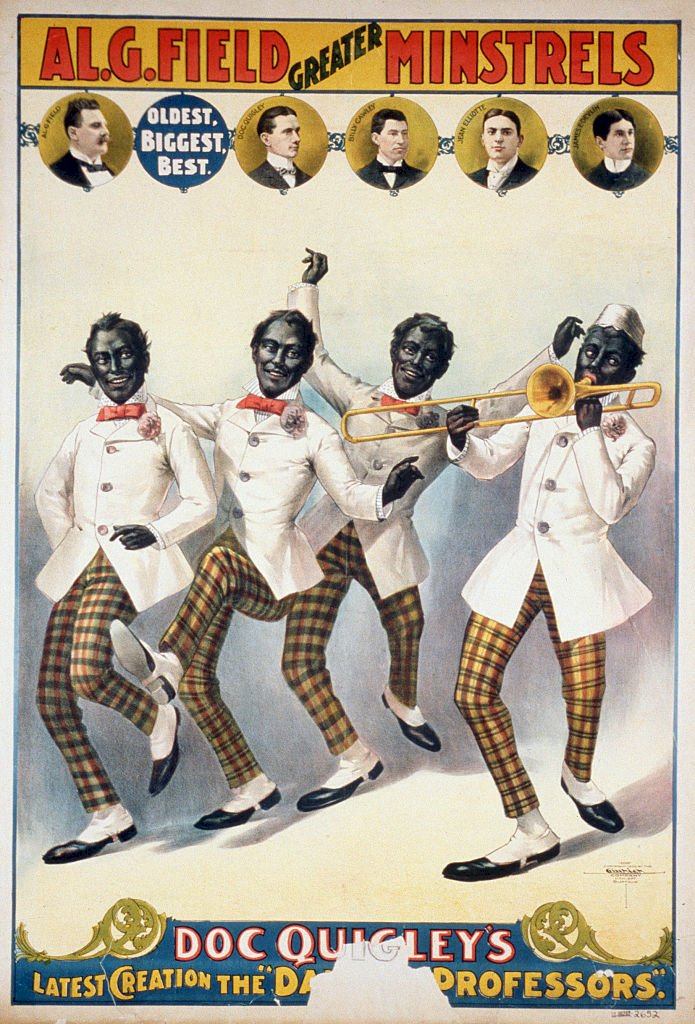
Getty Images
Dogan explains that digital blackface gives people an incorrect interpretation of how black people exist in the world. Although sending GIFs may be a ‘jovial’ experience, the roots of this type of entertainment aren’t.
To non-black people, the media they send with black imagery expresses exaggerations to get a laugh. Unfortunately, that further reinforces that black people cannot be taken seriously in the world today.
How To Stop Dehumanizing Black People
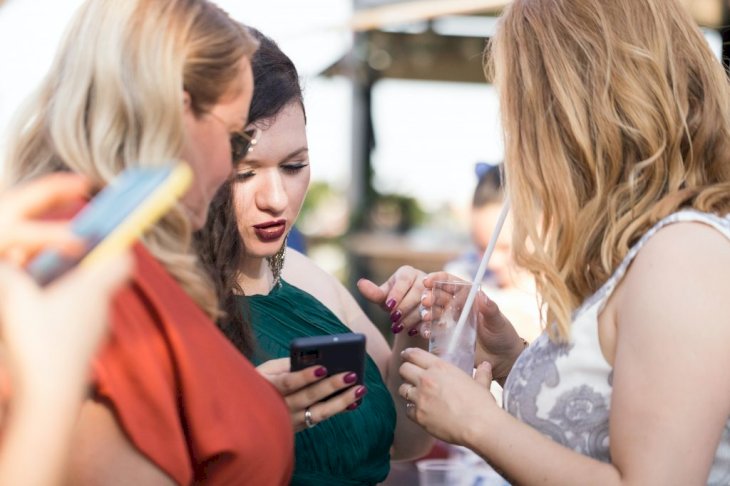
Eve on Unsplash
Digital blackface may seem less harmful because it’s online, but it can be dangerous. A white woman can share a GIF of Rihanna rolling her eyes, but a black woman could face severe consequences in real life.
Black men are killed daily for expressing confusion or even indifference, while white men can tweet those expressions away. Non-black people can adopt blackness and shed it even faster while black people suffer.
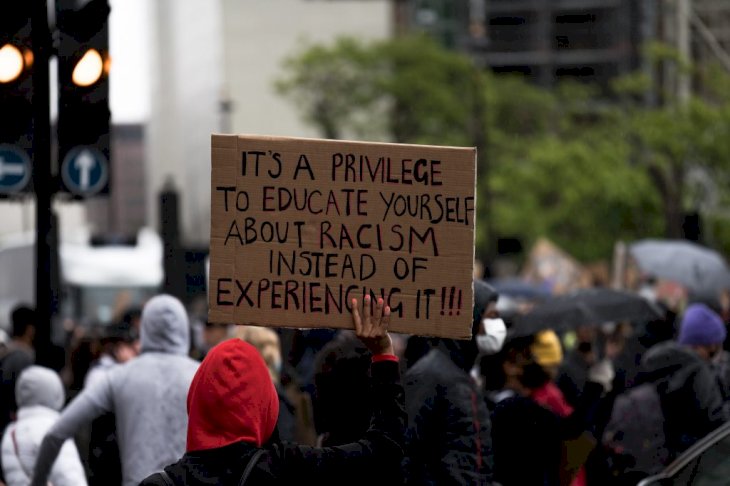
James Eades on Unsplash
Digital blackface can be seen as cultural appropriation because those images carry implicit biases. Sharing these memes reinforce that blackness is a laughable feature, which is something to think about.
Black people are different and experience life through many varied perspectives. It’s best to find another meme or be aware of the things you are projecting before using media that features black bodies.